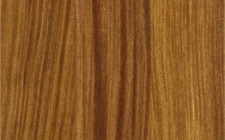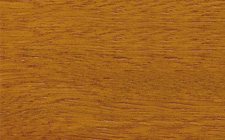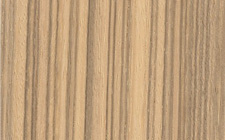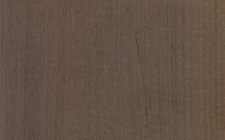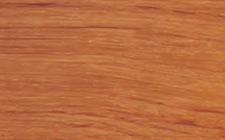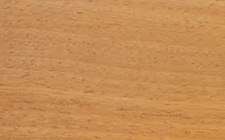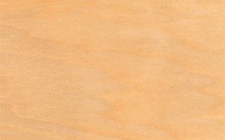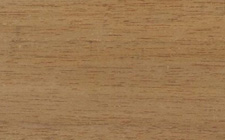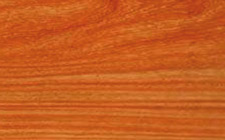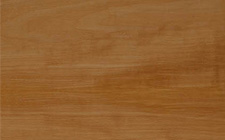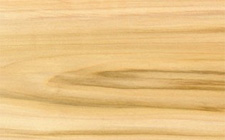Niangon
Botanical name
Tarrietia densiflora
Origin
Africa
Other names
Whismore, Ogoue, Nyankom, Yami
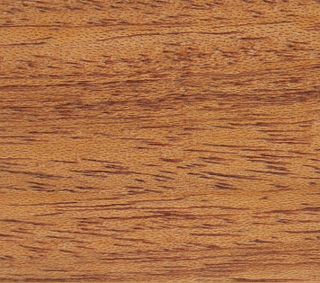
Notes
Genera Tarrietia and Heritiera are synonymous.
T. utilis has properties slightly lower than T. densiflora which presents sometimes an irregular grain.
WOOD DESCRIPTION
| Color: |
red brown |
| Sapwood: |
clearly demarcated |
| Texture: |
medium |
| Grain: |
interlocked |
| Interlocked grain: |
slight |
| Note: |
Wood pink brown to purplish red brown, becoming bronze with age. Large and visible silver figure. Oily to the touch. |
PHYSICAL, MECHANICAL AND ACOUSTIC PROPERTIES
|
(*: at 12% moisture content, with 1 MPa = 1 N/mm²) Musical quality factor: 113,7 measured at 2756 Hz |
||||||||||||||||||||||||||||||||||||||||
NATURAL DURABILITY AND TREATABILITY
| Funghi (according to E.N. standards): |
class 3 - moderately durable |
| Dry wood borers: |
durable - sapwood demarcated (risk limited to sapwood) |
| Termites (according to E.N. standards): |
class M - moderately durable |
| Treatability (according to E.N. standards): |
class 4 - not permeable |
| Use class ensured by natural durability: |
class 2 - inside or under cover (dampness possible) |
| Species covering the use class 5: |
No |
| Note: |
This species is listed in the European standard NF EN 350-2. The NIANGON cannot be used without appropriate preservative treatment for end-uses under use class 3, except for some parts of a work such as windows, less exposed than others (entrance doors, shutters, ...) |
SAWING, MACHINING AND ASSEMBLING
| Blunting effect: |
fairly high |
| Sawteeth recommended: |
stellite-tipped |
| Cutting tools: |
tungsten carbide |
| Peeling: |
good |
| Slicing: |
nood |
| Note: | Risk of clogging and overheating of blades and tools. Risk of tearing in machining. Peeling is not recommended: irregular logs. |
| Nailing / screwing: |
good |
| Gluing: |
correct |



